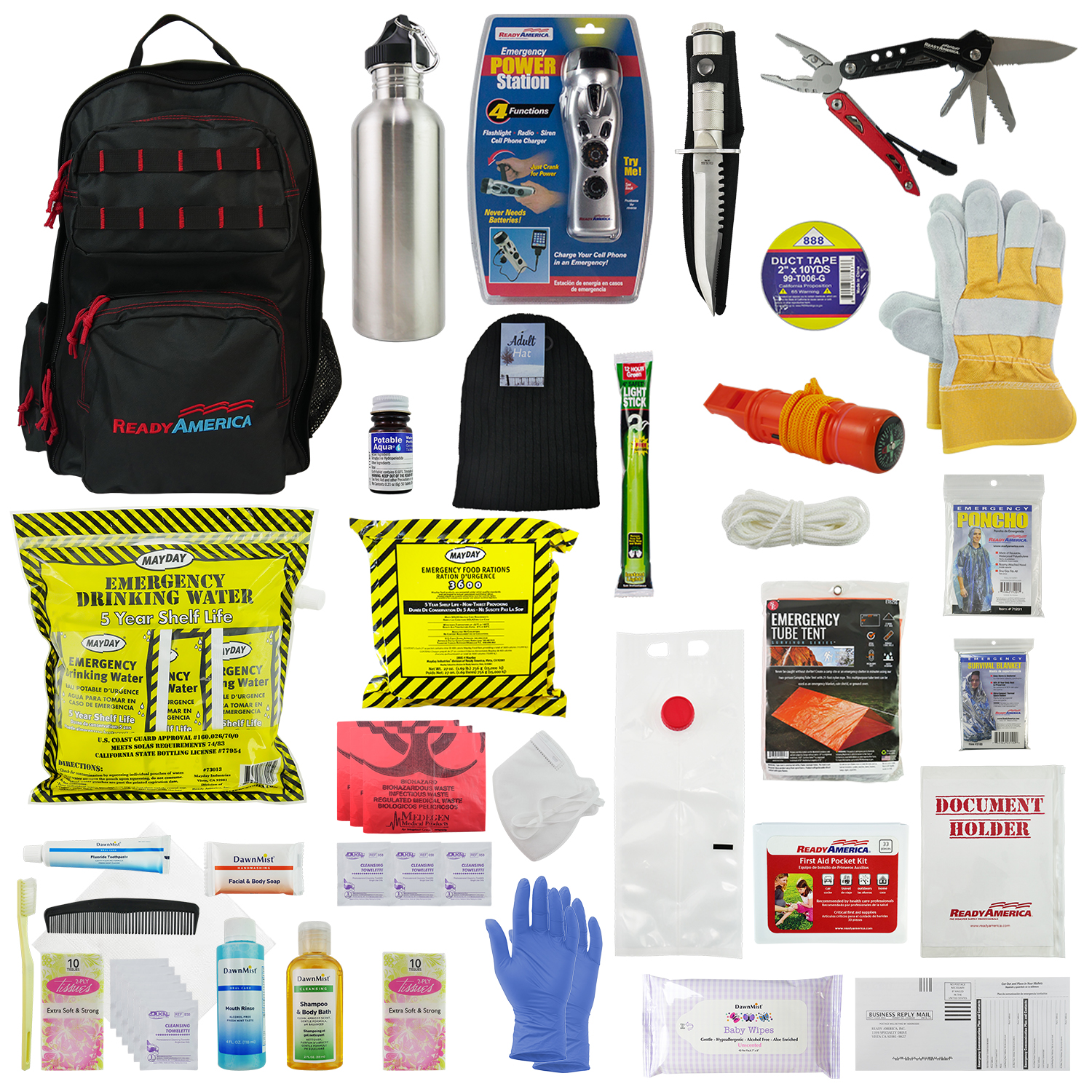Emergency Preparedness 101: Key Steps to Safeguard Your Household
Emergency Preparedness 101: Key Steps to Safeguard Your Household
Blog Article
Just How to Create a Thorough Emergency Situation Preparedness Plan
In the world of readiness, developing a comprehensive emergency situation plan is not merely a job to inspect off a list; it is an essential keystone of any type of organization or person's durability strategy. By diligently crafting a plan that deals with numerous aspects of emergency situation administration, including threat assessment, interaction protocols, source allotment, and strategic decision-making, one can lay a solid structure for securing procedures, lives, and assets.
Significance of Emergency Preparedness
Emergency readiness is essential for alleviating potential dangers and ensuring the security of people and communities. In today's globe, where natural catastrophes, public wellness situations, and various other emergencies can strike without warning, being prepared can make a substantial difference in reducing the effect of these occasions. By having a well-balanced emergency preparedness plan in position, companies and individuals can respond efficiently, secure lives, and reduce building damages.
Among the key reasons that emergency preparedness is important is its function in saving lives. Having a plan that describes clear procedures for emergency situation, communication, and evacuation response can aid individuals act quickly and decisively when emergency situations happen (news). This can prevent injuries and deaths by making certain that individuals understand what actions to take to stay secure
Additionally, emergency situation preparedness enhances the durability of areas. By fostering a culture of readiness and preparation for numerous scenarios, neighborhoods can recover quicker from catastrophes and disturbances. This durability is essential for keeping security, continuity of operations, and overall wellness when faced with adversity.
Assessing Potential Risks
Thinking about the value of being gotten ready for unpredicted occasions, the first step in developing an effective emergency preparedness plan includes completely examining and examining possible dangers. This evaluation needs a detailed evaluation of all feasible dangers that might impact the organization, thinking about elements such as place, industry, and historical information on cases. By recognizing these threats, companies can prioritize their preparedness efforts and allocate sources successfully to alleviate the most considerable threats.
Common threats that companies might encounter include natural disasters like quakes, cyclones, or floods, technical threats such as power blackouts or data violations, in addition to human-caused risks like crashes or deliberate acts of physical violence. Carrying out a risk analysis likewise entails taking into consideration the prospective influence of these events on the company's operations, staff members, clients, and credibility. By performing a detailed danger assessment, companies can develop tailored emergency situation reaction strategies that address their certain vulnerabilities and make certain effective readiness for any kind of prospective situation.
Creating a Communication Strategy
Developing a comprehensive and clear interaction strategy is important for reliable emergency preparedness within organizations. In times of crisis, interaction plays a crucial duty in guaranteeing the security and health of employees, stakeholders, and the neighborhood. A well-balanced communication plan must outline clear lines of communication, assign vital personnel in charge of communication tasks, and develop methods for sharing information rapidly and precisely.
One secret facet of developing an interaction plan is identifying primary and alternating interaction networks (EMERGENCY PREPAREDNESS). These can consist of email, message messaging, phone trees, social media sites platforms, and public address systems. It is essential to make sure that these networks are trusted, accessible, and frequently evaluated to ensure their efficiency during emergencies

Structure an Emergency Situation Kit
Provided the essential value of preparedness in times of dilemma, a key element that companies should address is the establishment of an emergency situation set. When constructing an emergency package, it is important to take into consideration the particular demands and circumstances of the company. In addition, organizations must consist of essential records, such as contact listings, insurance policy information, and emergency response plans, in water-proof containers within the kit.
Establishing Emptying Treatments
To make certain the safety and orderly discharge of workers throughout emergency situations, organizations need to develop clear and effective emptying treatments. Discharge procedures must incorporate a variety of potential scenarios, consisting of fires, natural disasters, or various other emergency situations that need swift discharge.

In this contact form addition, companies must develop a system for accountancy for all personnel during an evacuation to guarantee that everyone has actually securely exited the premises. Communication plays an essential function in evacuation procedures, with clear directions on just how to leave and when to do so. Regular review and updating of evacuation treatments based on comments and changing circumstances are vital to keeping the performance of the plan.
Conclusion
To conclude, establishing a detailed emergency situation readiness strategy is crucial for ensuring the safety and well-being of individuals in the event of a disaster (EMERGENCY PREPAREDNESS). By evaluating potential risks, creating an interaction strategy, developing an emergency set, and establishing evacuation people, procedures and organizations can be better geared up to react properly to emergency situations. It is very important to focus on preparedness efforts to minimize the influence of catastrophes and secure lives and home
In the world of readiness, establishing a detailed emergency situation strategy is not merely a job to check off a listing; it is an important cornerstone of any kind of company or individual's strength technique. When emergencies happen, having a plan that lays out clear procedures for emergency situation, evacuation, and interaction reaction can aid people act promptly and decisively. discover this info here. By carrying out a thorough risk evaluation, companies can establish customized emergency situation response plans that address their particular susceptabilities and make certain effective readiness for any potential crisis
Developing a clear and extensive interaction plan is crucial for effective emergency preparedness within organizations. By evaluating prospective threats, creating an interaction plan, constructing an emergency situation set, and developing emptying companies, procedures and individuals can be better geared up to respond properly to emergency situations.
Report this page